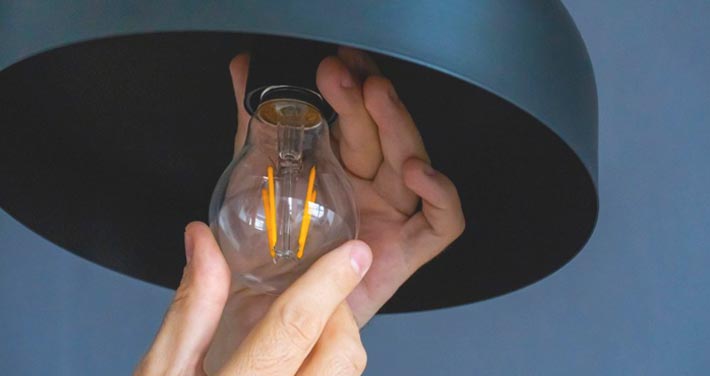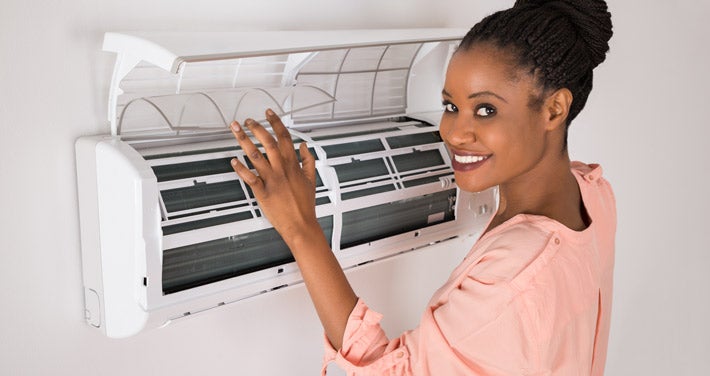Energy efficient improvements can yield long-term cost savings and increase the value of your home. In this four-part series, we’ll explore ways to save on heating and cooling, appliances, insulation and weatherization, and lighting. You’ll be surprised how simple it is to reduce your home's energy use by making small changes to your daily routines. In this fourth and final installment, we’ll discuss insulation and weatherization.
Insulation vs Weatherization: What’s the Difference?
Weatherization (or weatherproofing) is the practice of protecting a building and its interior from the sunlight, precipitation, and wind in order to reduce convective heat transfer. Convection describes the way in which warm air is lost by way of an open door, or cold air leaks into the house through cracks or openings in walls, windows, and doors.
Some types of insulation can be considered a form of weatherization because they block drafts and protect from cold wind. In this way, insulation reduces conductive heat transfer. Conduction is the process by which heat is transferred from the hot area of a solid object to the cool area of a solid object. In terms of residential heating, heat is transferred from inside the house to outside the house by way of the walls, floors, and roof.
Anywhere from 2 to 5 percent of residential heat loss comes from electrical outlets and switches on outside walls.
There are many ways to improve the energy efficiency of your home by way of weatherization and insulation. The term “whole-house weatherization” expands the traditional definition to include the installation of energy-efficient heating and cooling systems, which can be a significant investment, but there are many simple and inexpensive ways to reduce heat loss and prevent the cold air from getting in.
- Start with a home energy audit to learn where your home is losing energy so that you can prioritize improvements to make your home more comfortable and energy efficient.
- Insulate ceilings to R-49 standards if your attic has less than R-19. R-value is a measure of how well a two-dimensional barrier resists the conductive flow of heat.
- Use caulk or expanding foam to seal windows, doors, and gaps between floors, walls, and ceilings.
- Apply weather-stripping around windows and doors and install rubber door sweeps to stop drafts.
- Wrap heating and cooling ducts with duct wrap or mastic sealant.
- Replace old windows with low-energy, double-glazed windows.
- If new windows aren’t in the budget, consider applying heat-shrink plastic to windows.
- Fit wood-burning fireplaces with tight-fitting glass doors to prevent heat loss via the flue, and keep the damper closed when not in use.
- Install foam gaskets behind the covers of electrical outlets on outside walls. Childproof safety caps will also help prevent heat loss.
Key Takeaways:
- Improvements such as installing foam gaskets to electrical outlets or applying heat-shrink plastic to windows cost just pennies, but yield a high return on your investment.
- The New Hampshire Electric Home Performance with ENERGY STAR® Program is a whole-house weatherization program available to Unitil electric customers to improve the efficiency and comfort of qualified homes.
- A traditional masonry chimney and wood-burning fireplace loses 80 to 90 percent of the heat up the chimney.





